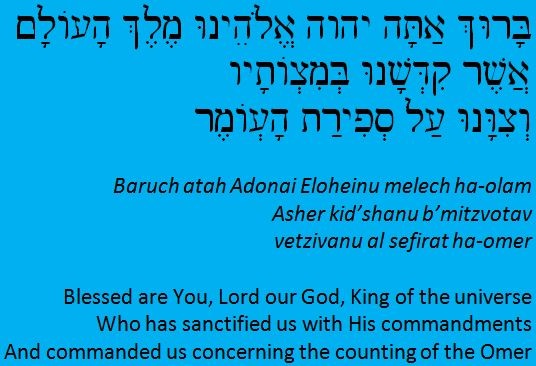
Shenatata bi comes next in the prayer – literally, “given, by/from You, to me.” Again, we see the intimacy between God and ourselves. 2:7) Soul is our most essential connection to God. “Then the Lord God formed man of the dust of the ground, and breathed into his nostrils the breath/soul of life and man became a living soul. Neshamah is the second word spoken: “soul,” or perhaps “soul essence” or even “soul-ness.” Where does our soul essence come from? From Elohai. In our first moment of awareness, and word of the day, we recognize and affirm that we are bound together with God. Having both “God” and “me” in this first word establishes our fundamental relatedness to God. Elohai, literally means God of me, or to me. God is the origin of everything, the essence of everything, and the ultimate destination of everything. So our first conscious act of the day is to put God into the forefront of our consciousness. Why should this be the very first thing we do or say? What is so important about these words? And how do they link with Hesed of Hesed? To answer this, we need to take a closer look at the opening line.Įlohai: “God” is the very first word we say. You watch over / preserve it within me …” You created it, You formed it, and You made it live within me. “My God, the soul You have given me is pure. Here are the opening words of the prayer:Įlohai neshamah Soul shenatata bi tehorah hi.Ītah veratah, atah yetzartah, atah nefakhtah bi, ve’atah me’shamrah be’kirbi … teaches us to say the moment we wake up (Berakhot 60b).

It is written in Rabbinic Hebrew and Aramaic. The Talmud has two versions, the main Babylonian version (Bavli) and the smaller Jerusalem version (Yerushalmi).

Study of the Talmud is the focus of rabbinic scholarship. of Hesed), and the prayer Elohai Neshamah Soul, which the Talmud The rabbinic compendium of lore and legend composed between 200 and 500 CE. Kindness It is said in Pirkei Avot (Ethics of the Fathers) that the world stands on three things: Torah (learning), Avodah (worship), and Gemilut Hasidim (acts of kindness). When the Temple stood, a certain measure (omer) of barley was offered on the altar each day today, we merely count out the days. Israeli Independence Day: Yom Ha’Atzmautįor me, there is a strong link between the theme of first day of counting the omer From the second day of Passover until Shavuot, Jews count seven weeks – seven times seven days – to commemorate the period between the Exodus from Egypt and the Revelation at Sinai.


 0 kommentar(er)
0 kommentar(er)
